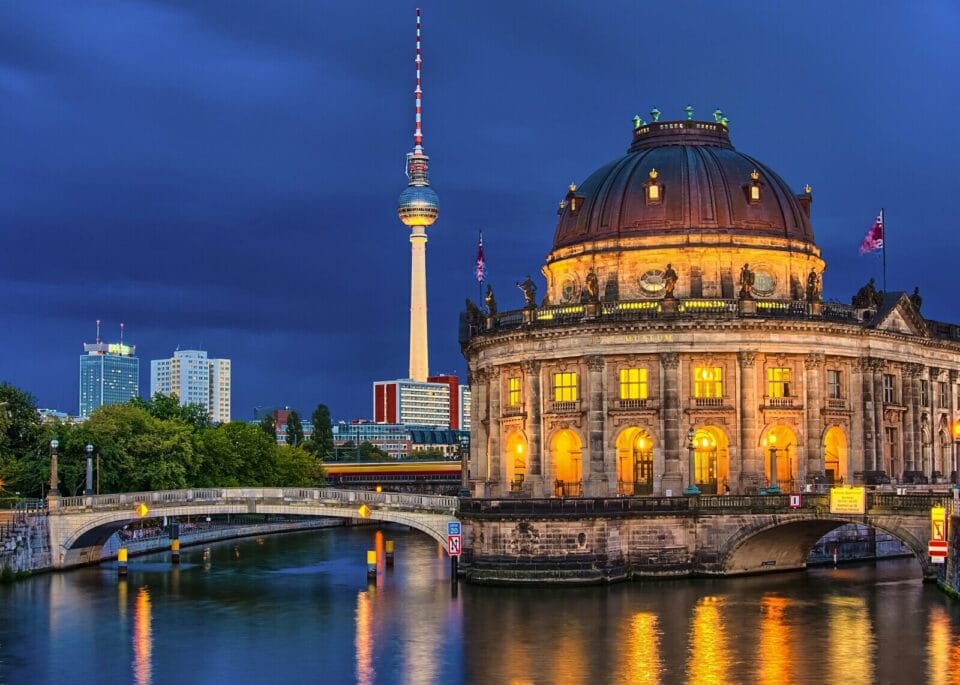Visiting museums is an integral part of any tourist program. Here, the most valuable, memorable, and historically significant artifacts are collected. History comes alive here, seemingly transporting each guest to the heart of distant events. That is why we have prepared a list of Berlin museums that are a must-see.
Pergamon Museum

Under this unusual name hides one of the most magnificent complexes in the German capital. It is unlikely that any tourist has never heard of this unique place. Pergamon is located in the very center of the city and includes a whole complex of colossal architectural structures.
At the center is the eponymous altar (dated 160-180 BC), to which thousands of people come daily. To understand the popularity of the exhibition, one must experience these monumental structures at least once.
The collection of masterpieces gathered in one place is also impressive. They are divided into three types, allowing you to immerse yourself in different eras. Here, masterpieces of antiquity, Islamic states, and countries of the Near East are collected. It’s hard to say where else you can find such an amazing collection of creations from Greece and Rome. The Processional Way, brought here from Babylon (6th century BC), evokes unique feelings among visitors. Pergamon is open daily and the ticket price is only a few euros.
Jewish Museum
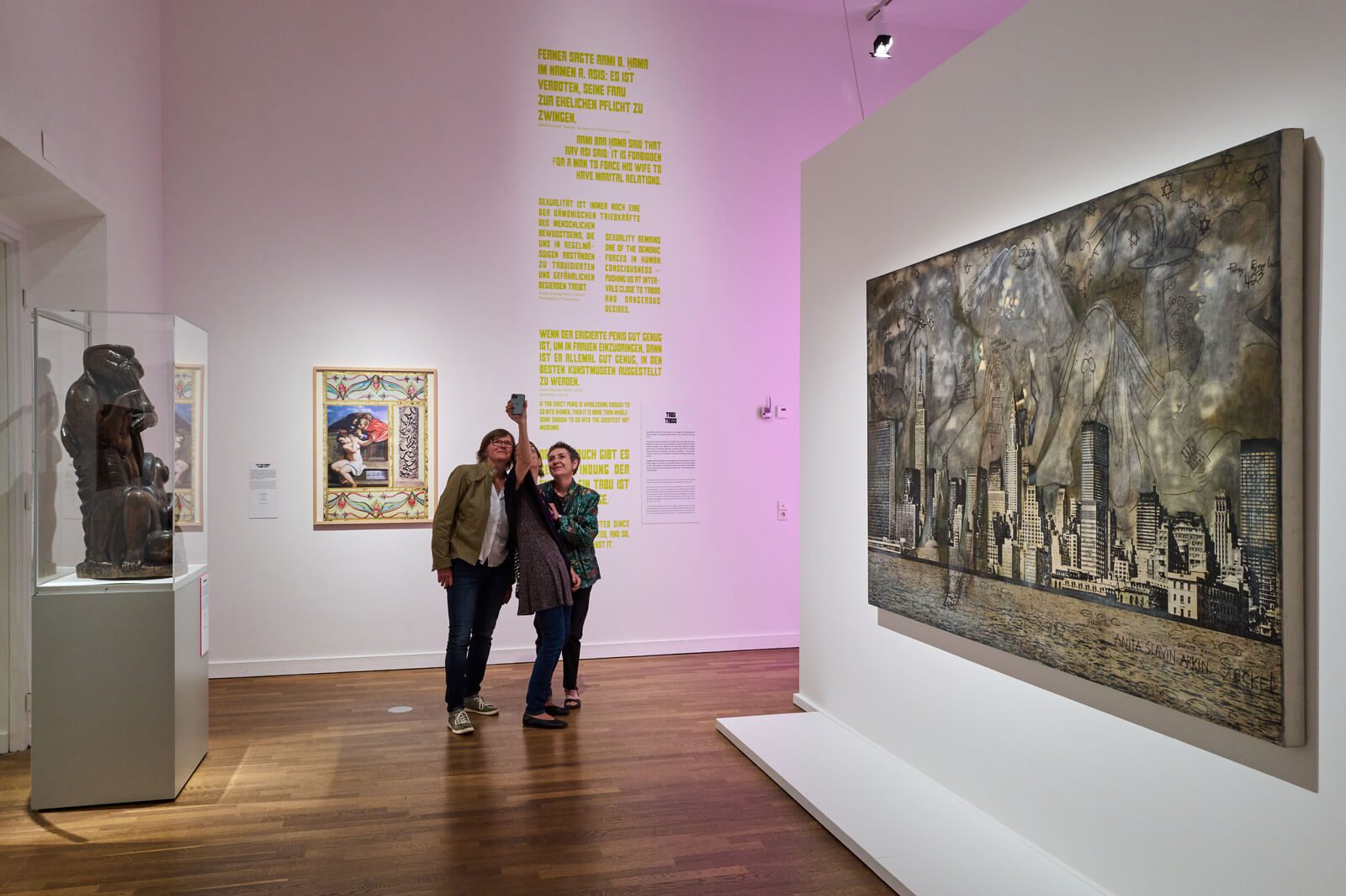
We recommend setting aside time to visit the galleries dedicated to the history of the Jewish community. The halls are dedicated to various periods and themes. Here you can learn about the history of the first Jews, and the names of the most famous representatives of this nationality who made a significant contribution to the development of the German state. It seems that the Germans feel the full weight of responsibility for the hardships that the Jews had to endure during the war years. The main exhibit of the historical exhibition is the building itself, designed by the genius architect D. Libeskind. It includes the Holocaust Tower, the Garden of Exile, and Emigration. All this makes a very serious impression, so visitors with weak nerves should think carefully before stepping through the institution’s threshold. The daily working hours are from 10 am to 8 pm (on Mondays, 2 hours longer), and the ticket costs only 8 euros.
Kulturforum
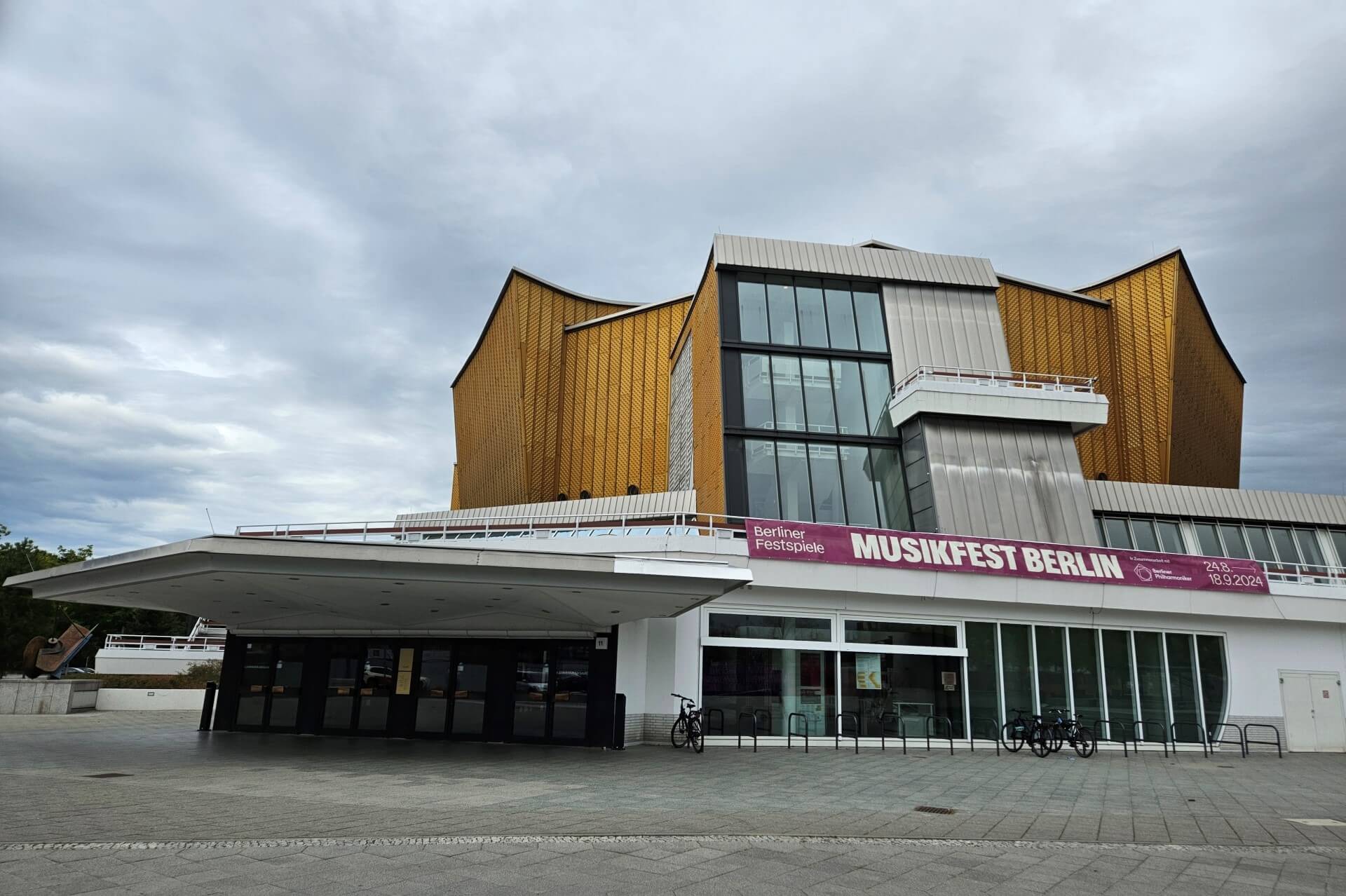
Under this name are combined several cultural and historical institutions. To visit all the museums, you need to set aside a whole day. Art lovers will enjoy a walk through the halls of the painting gallery and the national gallery. Music art enthusiasts can have a great time at the Philharmonic (the oldest building in the complex, founded in the 1960s and capable of accommodating up to 2,5 thousand people at a time) or the chamber music hall. Literature lovers are recommended to visit the state library, which contains works by hundreds of authors from all times and peoples. The Berlin Cabinet of Prints contains a collection of more than 100 thousand famous artists worldwide. Undoubtedly, this museum complex is worth including in the must-visit program of every Berlin tourist.
Berggruen Museum
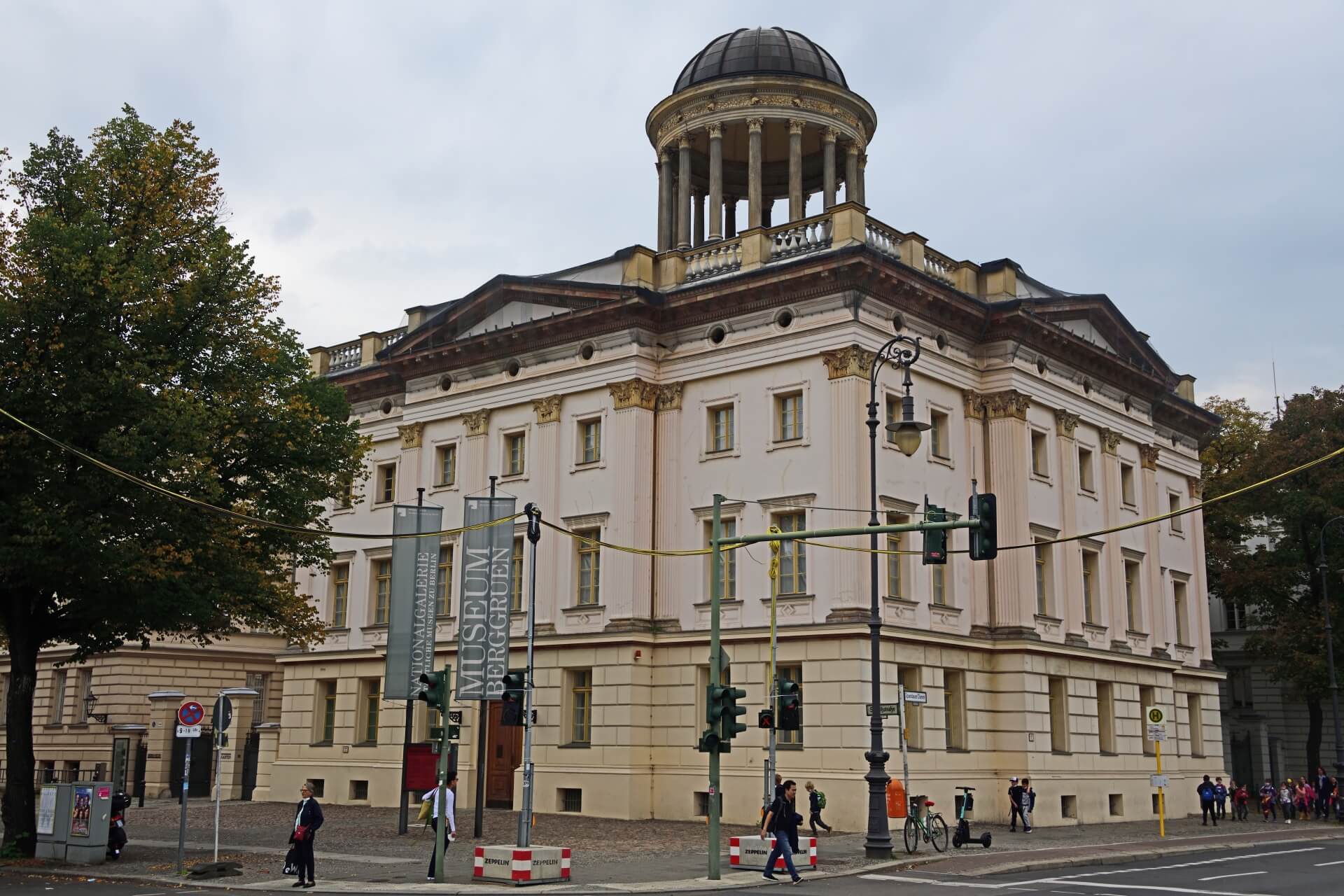
In the Charlottenburg district, there is another interesting art monument. The impressive collection of exhibits presented in the Berggruen Museum belongs to the style of classical modernism and is considered the largest in the world. The collection was donated by the writer and journalist H. Berggruen and is now part of Prussia’s cultural heritage. Particularly valuable exhibits are the paintings by the brilliant P. Picasso, of which there are more than a hundred here. The largest collection of his works allows you to trace how the painting style changed, how a simple sixteen-year-old boy gradually grew into a professional whose canvases are still among the most desired by private collectors and exhibitions worldwide.
You won’t be able to pass by the paintings of another genius of his time – the German representative of the “avant-garde” style – Paul Klee. About 60 of his best works are presented in the halls. But the collection is not limited to these names. In addition to dozens of famous modernist paintings, works of less renowned artists are often displayed here. The museum is open daily except Monday. The ticket price ranges from 4 to 10 euros.
Bode Museum
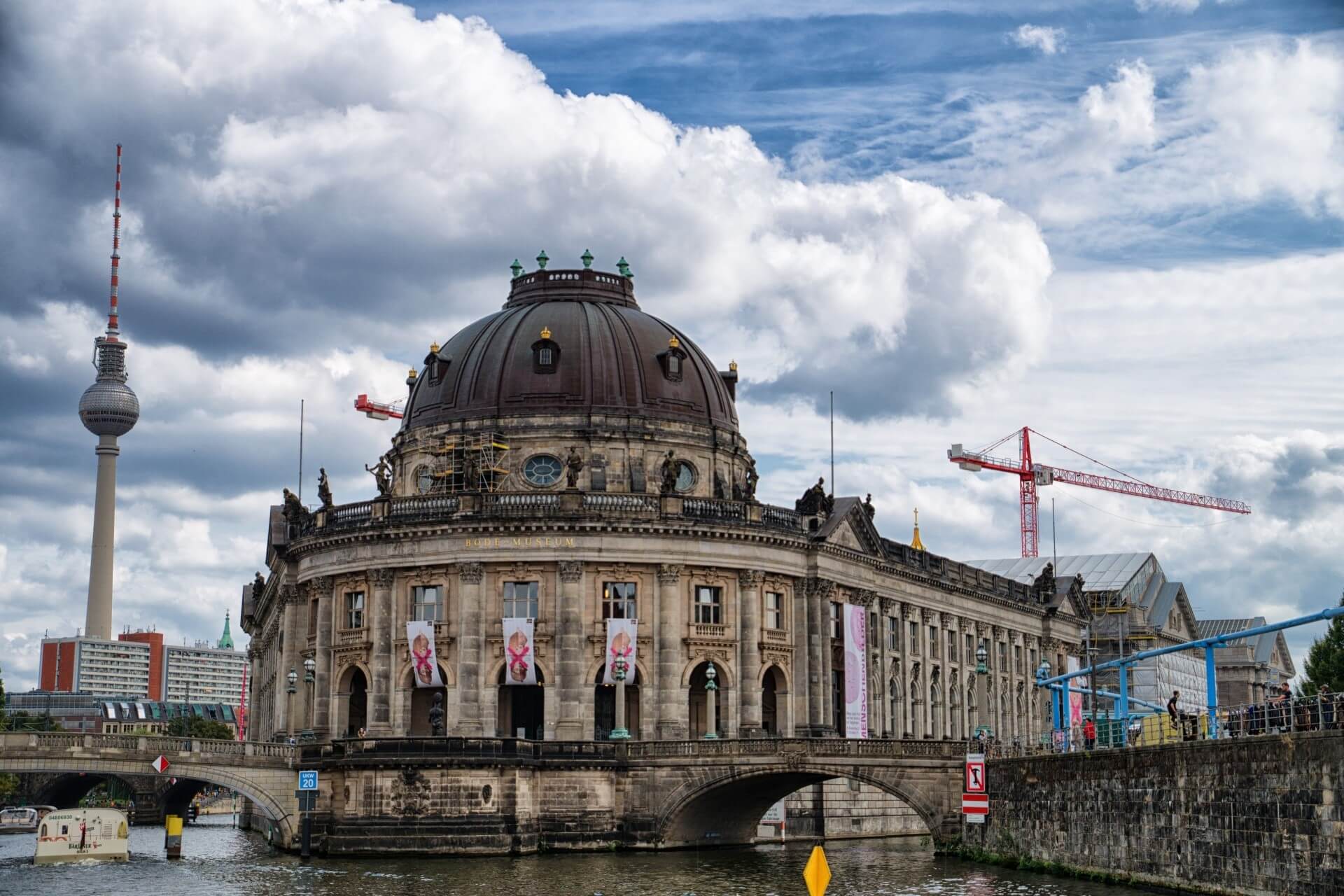
One of the most beautiful buildings in Berlin, located northwest of Museum Island, belongs to the Bode galleries. The institution is hugely popular among the city’s native residents and guests. The exhibits are divided among three complexes: Byzantine Art, the Coin Cabinet, and the Sculpture Collection. Although the idea of creation belonged to Emperor Frederick III, it was named after the chief art historian who could correctly emphasize the collection of valuable exhibits. As soon as visitors enter one of the galleries, many are immediately breathless from the rich interior decoration of the gallery and the abundance of unique artifacts and works of art.
Here you can find the most successful works of sculptors Schlüter and della Robbia, luxurious staircases, and statues made of first-class marble depicting the aforementioned emperor. But the hall with exhibits telling about different periods of the existence of the two greatest empires – Roman and Byzantine – is especially popular among visitors. Although it is also fascinating to get acquainted with the 500-thousand coin collection stored in the neighboring galleries. The exhibition is open daily, and the pass can be purchased for only a few euros.
DDR Museum
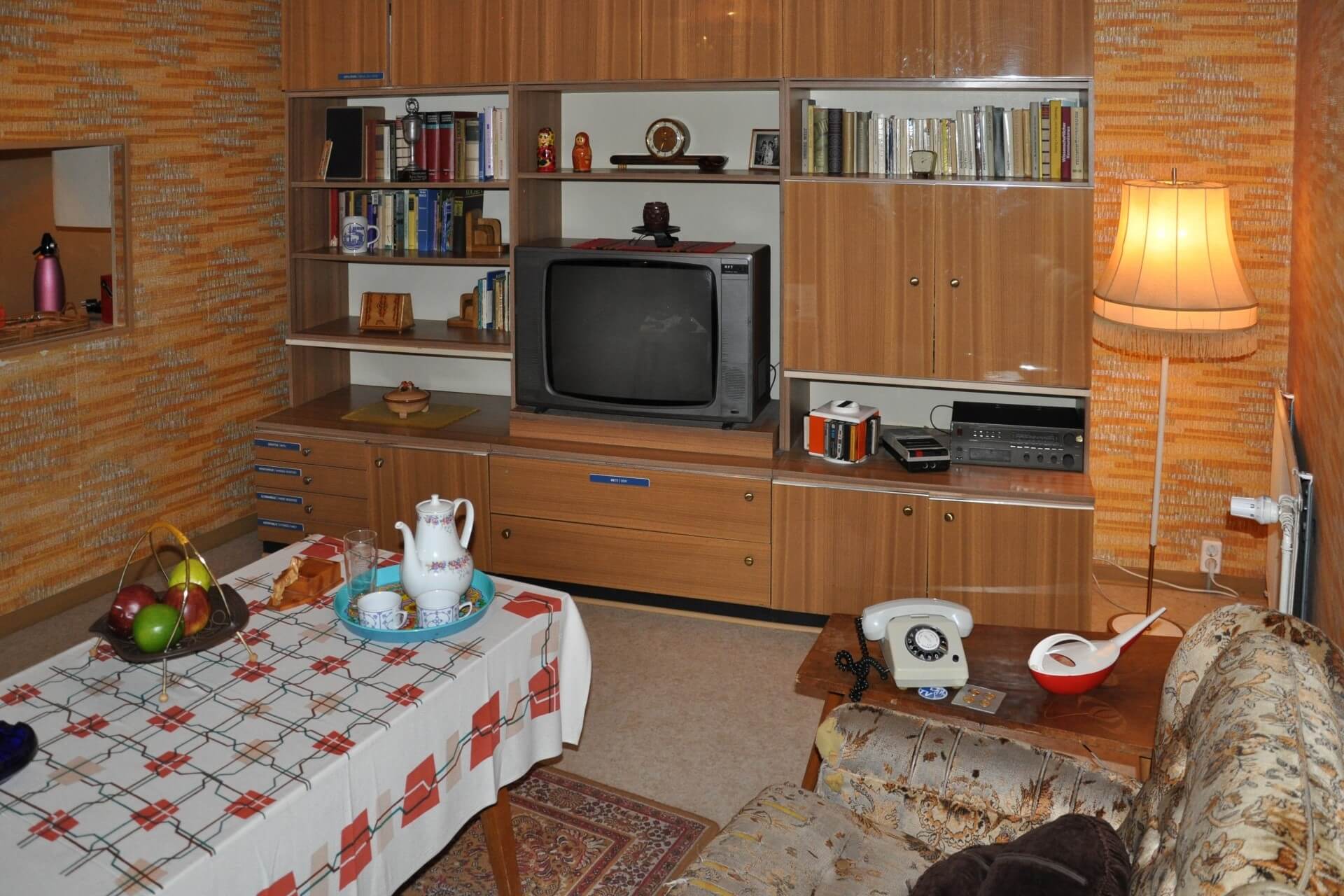
This museum can be called a museum of the history of German socialism because its exhibits fully illustrate the lifestyle of the Democratic Republic for 40 years. The meticulous Germans did not disdainfully abandon it after unification with the FRG, and in 2006, at the initiative of the far-sighted political scientist Kancelmann, the aforementioned museum opened on the banks of the Spree. It has become very popular among both East and West Germans and tourists from other countries. The museum exists solely on funds from visits and souvenir sales. Considering that since its opening, it has managed to double in size, one can be convinced of the great popularity of the institution.
Every aspect of the state’s life is meticulously recreated here: family life, culture, art, politics, industry, jurisprudence, fashion, economy, ideology. The exhibits include clothing, dishes, alcoholic beverages, literature of that period, magazines, newspapers – everything that surrounded East Germans. In the museum, you can touch the exhibits with your hands, open cabinets, and examine the contents. You can even sit behind the wheel of a unique “Trabant” car (Sputnik), which looks like a toy. Such cars were produced at the Horch factories. Tourists are offered a huge number of souvenirs.
Ticket prices: adults – 6 euros, children – 4 euros.
Working hours: daily from 10:00 to 20:00, Saturday until 22:00.
Museum of Homosexuality
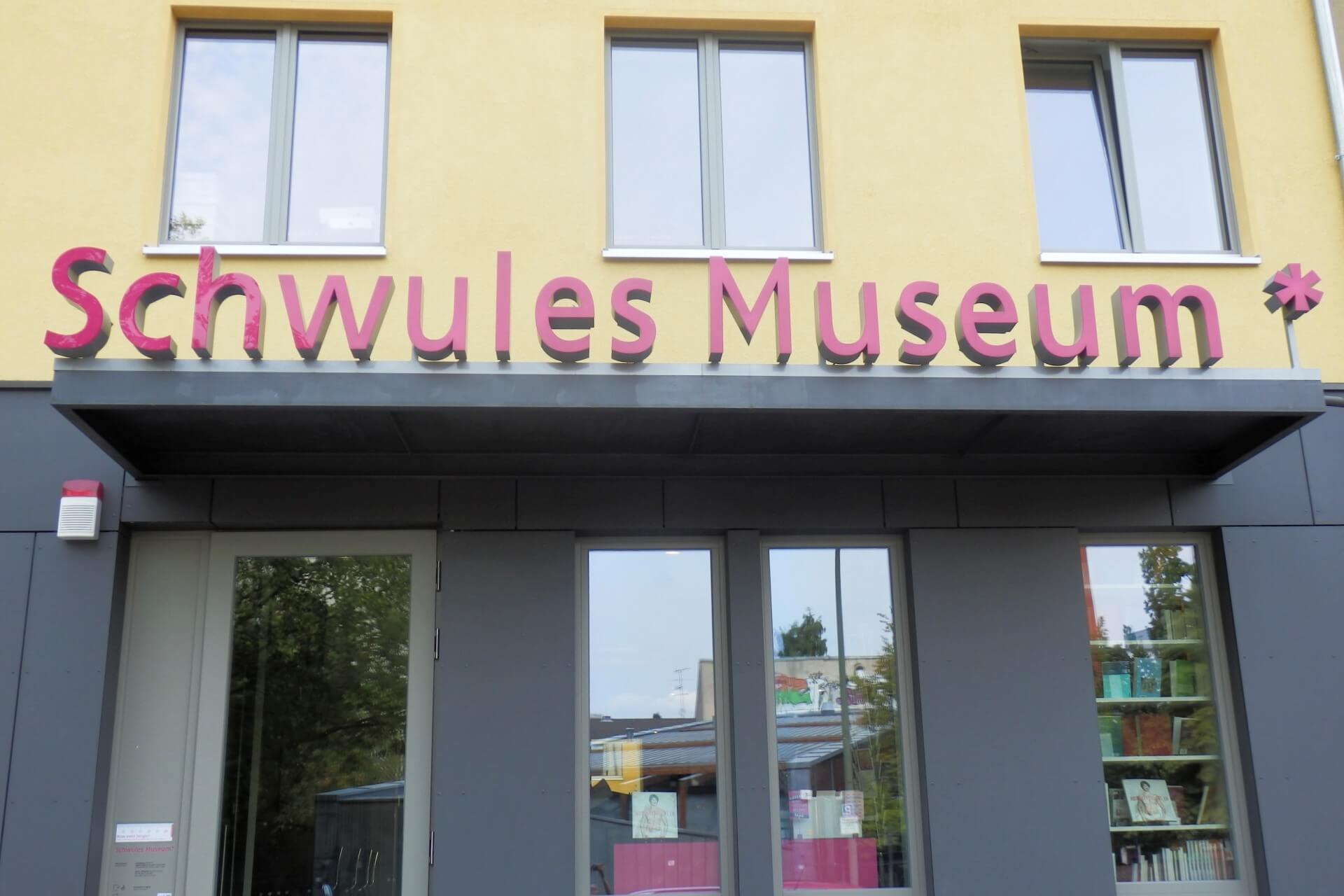
The name of this museum immediately evokes some rejection due to negative stereotypes, but after visiting it, the attitude changes. In the world’s only such museum, evidence of the problem of physiological transformation resulting from a genetic failure is presented. The museum’s exhibits trace the history of homosexuals, bisexuals, transsexuals, queers, and intersex people. Among the exhibits are photographs – evidence of sex change – the transformation of a man into a woman and vice versa. There are documents telling about the persecution of sexual minorities by the National Socialists. The tragic fates of 24 Jews suffering from their non-traditional nature and trying to convey their pain through literary works, reflected on posters, evoke sympathy.
An example of this is the lesbian Erika Mann, daughter of the famous writer T. Mann; the master of pantomime, actor Raymonds, who is still alive. The famous Marlene Dietrich did not hide her masculine inclinations despite traditional marriages. Their fates are also reflected in the museum’s exhibits. Special interest and understanding arise when visiting the exhibition of the GDR artist Hass, whose main theme of paintings was his own non-traditional nature. Looking at his self-portrait depicting a spiritual, beautiful young man, one realizes that he is not to blame for his inclinations and begins to treat such people differently. But this delicate deviation should not be made the object of public attention and propaganda, as is happening now in Europe.
Address: Luetzowstrasse, 73.
Open for visits: Wed-Fri, Sun-Mon from 14:00 to 18:00, Sat until 19:00; closed on Tuesday.
Luftwaffe Museum
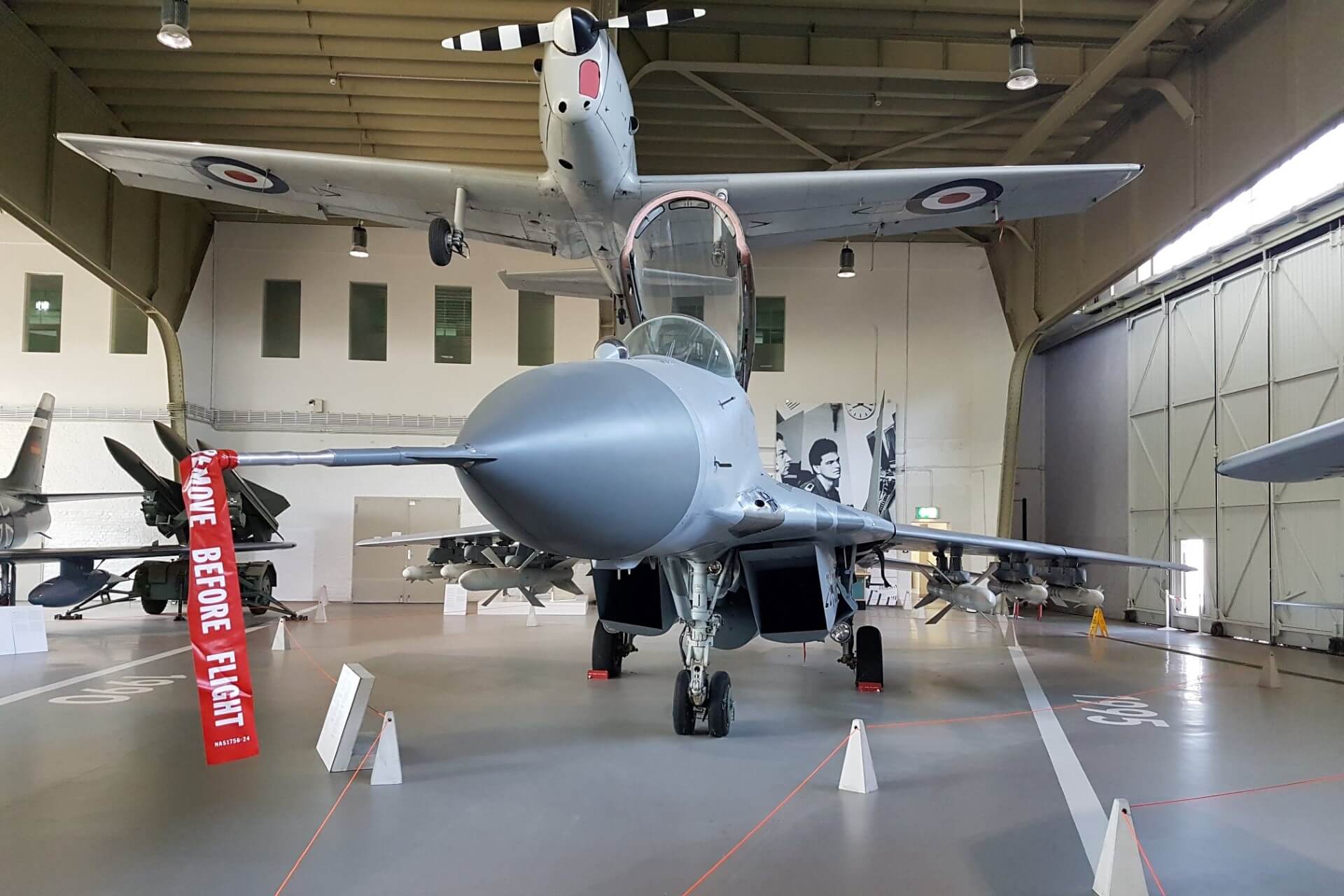
The Luftwaffe Museum of the German Air Force was organized after the closure of the British Air Force base at the Gatow airfield. In the early 1930s, high-ranking German aviation officers were trained and practiced here, and after the Victory, the Soviet Air Force managed to visit. In 1994, after being left out of work, the Gatow airfield turned into a parking lot for aircraft of different eras and designs, helicopters, and airships. In the museum’s hangars and in the open air, fighters, MiGs, helicopters Mi-8, light pre-war models, attack aircraft, and bombers of World War II, and modern samples of broken planes are presented.
A large exposition represents Soviet aviation equipment, mainly left after the presence of Soviet troops in Germany: airplanes, helicopters, air defense systems, radars. Part of the airbase is now operational, so smaller museum exhibits are housed in three hangars, and larger aviation equipment is in the open air. The museum area is fenced and guarded. The museum offers virtual tours of its territory if you visit its official website. All museum exhibits can be carefully examined and satisfy your curiosity.
Address: Kladower Damm 182
Open for visits: Tue-Sun from 10:00 to 18:00, entry closes at 17:00. Admission is free.
Website address: www. Luftwaffenmuseum. de
Museum Island
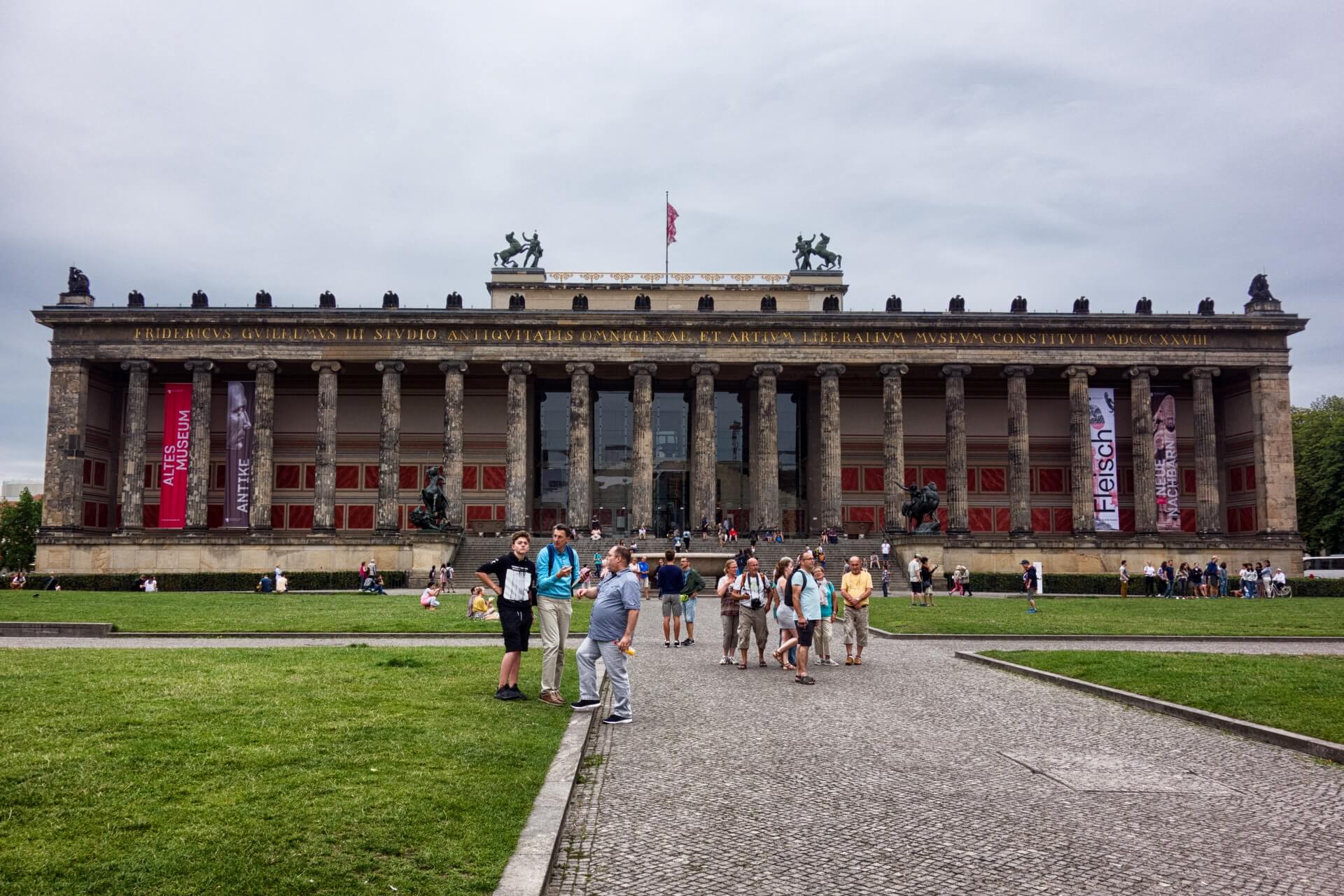
Not every capital in the world can boast such luxury as an entire Museum Island. Berlin has every right to be proud of its priceless treasure – 5 museums that have collected the visual history of 6 millennia in their unique exhibitions. This treasure is located on Spreeinsel Island, located on the Spree River and dividing it into two branches. The formation of the museum complex began at the end of the 18th century as the embodiment of Friedrich Wilhelm’s idea – to create an antiquities museum on the picturesque island. But its implementation came true only in the 1830s, when the Old Museum of Antiquities Collections was opened, from ancient Greek art to ancient Roman.
In 1859, the funds of the Prussian Royal Museum were formed, later renamed the New Museum, storing ancient papyri and art objects of the Egyptian Museum, valuable relics of the Museum of Prehistory and Early History. The next stage was the opening of the Old National Gallery (1876), which collected paintings and sculptures by European artists of the 19th century. 26 years later, the Bode Museum, exhibiting the rarities of Byzantine art (13th-19th centuries), and works by German and Italian sculptors from the early Middle Ages to the 18th century, emerged. The Pergamon Museum, formed in 1930, combined ancient, Islamic, and Near Eastern arts, essentially forming three museums in one. To quickly see all the exhibits, it will take more than one day, but it is worth it.
How to get there: trams M 1, M 2, M 2 – stop Hackescher Markt, metro – station Alexanderplatz, 15 min walk from the Brandenburg Gate to the island.
S-Bahn: S3, S5, S7 (S Hackescher Markt); S1, S2, S25 (Oranienburger Str).
Erotic Museum
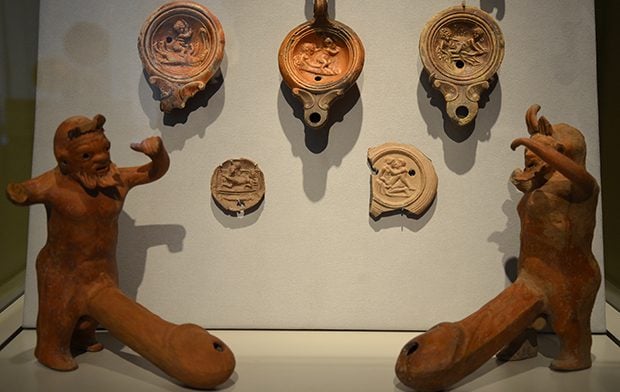
This private museum was opened by a woman – the only female stuntman in Germany in the past, former Luftwaffe pilot Beate Uhse, who was left without a job after the collapse of Hitler’s troops. This daring lady decided to open the world’s first erotic goods store and achieved considerable success in this field, for which she was awarded the Federal Cross for her contribution to sexual education in 1989. From one sex shop grew a huge empire of erotic-oriented establishments: specialty stores, adult cinemas, an online trading network. The museum occupies 4 floors, which house a sex shop, 3 adult cinemas with individual video booths, and extravagant exhibits (more than 5000). Among them are paintings, panels, tapestries of an explicitly erotic nature, dishes with sexual-themed drawings, various erotic attributes. Setting the goal of enlightenment and education, the museum has placed dioramas with visual explanations of various kinds of sexual attraction.
Address: Joachimstaler St. 4
Open: Monday-Saturday from 9 am to midnight, Sunday from 11:00 to midnight.
Ticket price: from 18 years old – 9 euros, couple – 16 euros.
Museum Center Berlin-Dahlem
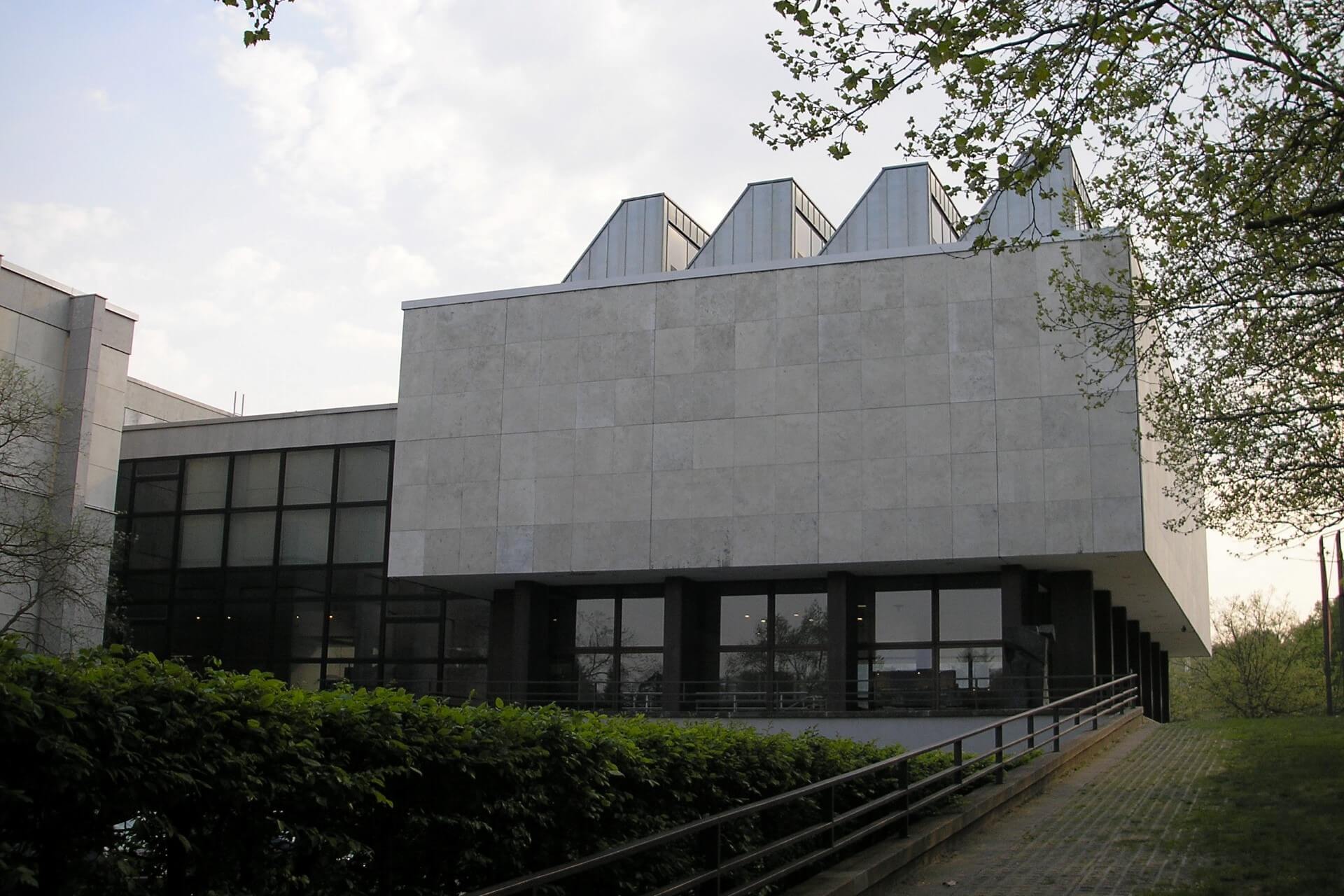
Berlin can also be proud of another museum complex opened in the former Dahlem estate, located in the southwest of the German capital, which has the status of a state institution. The complex’s 3 museums exhibit items of art and culture of Asia, the East, and Europe:
The Museum of Asian Art contains the richest collections of Indian art (20 thousand rare exhibits). Among them are genuine masterpieces that are not found in any other museum in the world. In 2006, in the newly opened halls, stunningly interesting exhibits were presented – products of various crafts and applied arts from many Asian countries from ancient times to the present day.
The Ethnological Museum, occupying a huge area, gives a clear idea of the life and everyday life of people of different nationalities: here, with reliable accuracy, residential premises of ethnic groups with characteristic details and entourage are decorated. The museum has almost a million artifacts from past eras.
The Museum of European Cultures is a center designed to demonstrate through its exhibitions the ever-closer rapprochement of art and culture of European countries. There is a constant search for exhibits, various exhibitions, and scientific research, resulting in a collection of items visually illustrating the cultural and historical process of the development of the peoples of Europe.
Address: Lansstrasse 8.
Working hours: Tue-Fri from 10:00 to 18:00, Sat-Sun from 11:00 to 18:00.
German Technical Museum
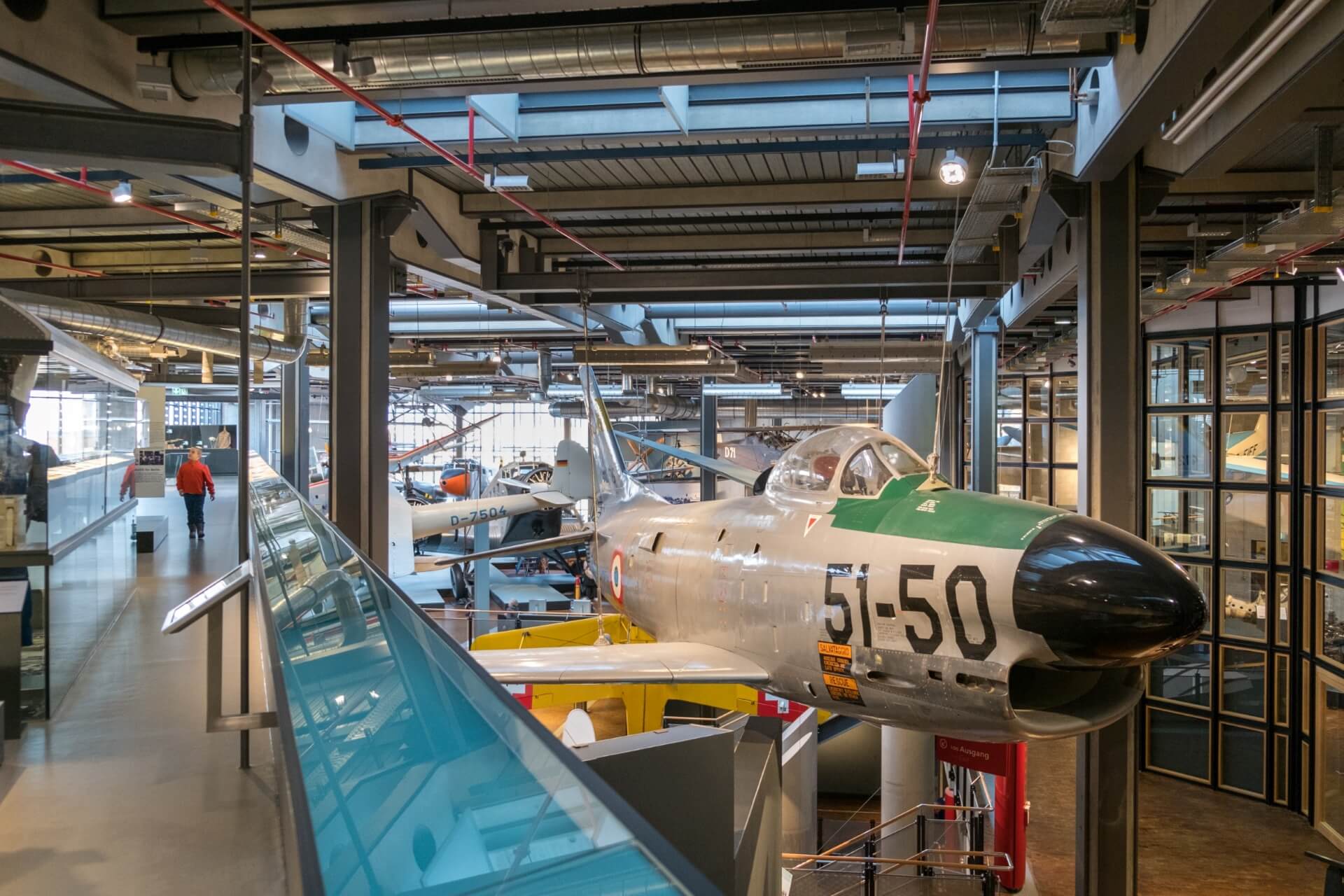
The glass building of 5 floors, built on the site of a former depot, looks very impressive. Its extravagance is given by a symbolically important exhibit on the roof – the C-47 Skyrain bomber, which delivered food to blockaded Berlin in 1948. Founded in 1982, it essentially became a technical park where, on an area of 25 thousand square kilometers, a huge number of various devices, technical devices, and many types of aviation, automotive, and maritime technology are widely represented.
Full-scale windmills and watermills, a forge, and a mini-brewery are located here. Separate exhibitions fully demonstrate the achievements of energy, shipbuilding, aviation industry, and the film and photo industry. The museum’s territory includes modern buildings surrounded by a park where scientific and educational activities with children are held. Together with the Archenhold Observatory, the technical museum conducts research in the field of space, organizes joint exhibitions and lectures. It is impossible to see all the exhibits of the technical museum in a few hours; you can come here many times as if for the first time.
Address: Trebbiner Strasse 9 10963 Berlin-Kreuzberg.
Operating mode: Tue-Fri: 09.00-17.30, Sat-Sun: 10.00-18.00; holidays – 10.00-18.00; Monday – closed.
Tickets (in euros) – adults – 6 (with a discount – 3.5); group (from 10 people) – 4, with a discount – 1.5.
Family (1 adult and 2 children up to 14 years old) – 7; (2 adults and 3 children up to 14 years old) – 13.

